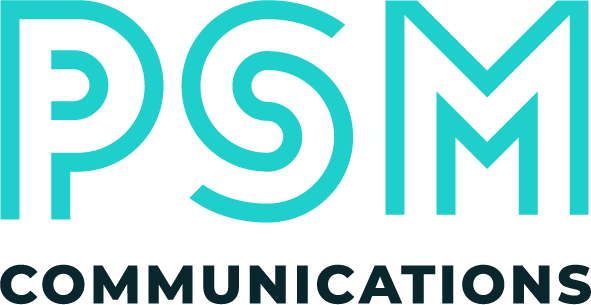How well do you know your target market? Most people think they know who their audience is; however, with 60-70% of B2B marketers admitting that they don’t truly understand their buyers, without the data it’s just a guessing game in the dark.
Having a properly thought out buyer persona (also known as a marketing persona) is essential to get a firm grasp of who your audience truly is.
Defined by HubSpot as ‘a semi-fictional representation of your ideal customer based on market research and real data about your existing customers/clients’, buyer personas are essentially profiles of your firm’s ideal client.
Once you have a detailed picture you can create your communications and campaigns accordingly.
Conducting up front research may seem like a nuisance at first; however, according to Forbes, the importance of developing a buyer person is invaluable – they are an incredibly useful way of helping your sales and marketing teams understand the specific profile of your key client segments, and their personal motivations, values, preference of communications, and behaviour.
How can you pull one together?
Personas are modelled on the analysis and research of your clients.
You want to understand what is your ideal customer’s job title? age? education? job level? role responsibilities? magazines read? associations they are part of? conferences they attend etc? It’s important to remember that your marketing personas don’t just represent one person but reflect a hypothetical representation of the behaviours and motivations of a group.
Information can be gathered from a number of sources. The best way to start is by analysing the existing data you already have, from clients who have interacted with you. Look at your CRM data, white paper sign-ups, mailing list subscribers – all this information can help shape the understanding of your buyer personas’ demographics, firmographics (details about their organisation), and psychographic characteristics. StrategIC has a great cheat sheet for putting together a persona specifically for B2B to use.
Use your existing social networks to collect further demographic information. Then research the web. Quantcast and Google’s Display Planner allow you to gather information on demographics based on the advertising profiles of websites. This is especially useful for those who have a niche target market. Use your own web analytics too; organic key word performance and social media metrics are also great tools. Pay close attention to internal searches, as it may present opportunities for missed content and assessing behaviour. Finally, ask your clients through feedback tools and even one-on-one conversations. And it’s important to remember your buying persona should always evolve so keep updating them, with a constant feedback loop of data.
The importance of working to the persona
Once you’ve got all the data and developed your personas, it is vital them to shape your marketing strategy. Use them to speak their language, to personalise and segment your campaigns, to optimise your timing, and to identify the right marketing channels etc.
Putting together your buyer personas is not a straightforward task — it does require time, effort, and research. There are no shortcuts either. But do this well and you’ll attract more of your target market and add more revenue to your firm’s bottom line.

